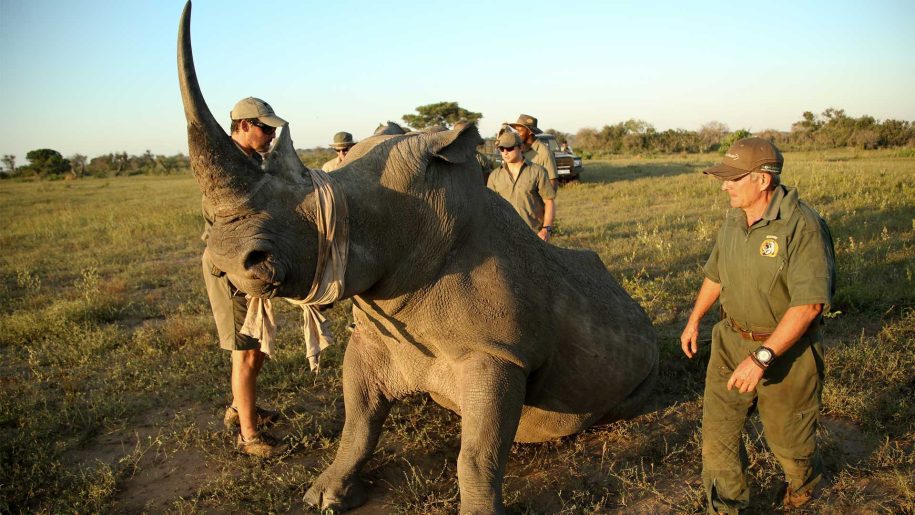What is the Impact of Rhino Dehorning on Conservation endeavours?
Introduction
The Threat to Rhino Populations
Introduction
Rhinos are majestic creatures known for their iconic horns. However, these horns have become an unfortunate target for poachers, leading to a drastic decline in rhino populations. To combat this threat, conservationists have turned to a controversial practice known as dehorning. Dehorning rhinos involves the removal of rhino horns in an effort to deter poachers and protect these endangered animals. In this article, we will explore the impact of rhino dehorning on conservation efforts, the effectiveness of this practice, and the potential consequences it may have on rhino behaviour.
The Threat to Rhino Populations
White and Black rhinos, critically endangered species, have been heavily targeted by poachers for their valuable horns. The demand for rhino horns in illegal markets, particularly in Asia, has driven the poaching crisis to alarming levels. The horn, believed to have medicinal properties despite the lack of scientific evidence, fetches high prices on the black market. As a result, poaching has become a significant threat to the survival of black rhinos, with their populations dwindling to around 5,000 to 6,000 individuals.
Understanding Rhino Dehorning
Dehorning has emerged as a strategy to protect rhinos from poaching. The procedure involves sedating the rhino and carefully removing its horn. The horn is cut off with a chainsaw, leaving a portion of the base intact to allow for regrowth. Dehorning is typically performed every 18 months to 2 years to ensure the rhino remains hornless and less attractive to poachers. Although dehorning may seem drastic, it has become a necessary measure in the face of relentless poaching
White and Black rhinos, critically endangered species, have been heavily targeted by poachers for their valuable horns. The demand for rhino horns in illegal markets, particularly in Asia, has driven the poaching crisis to alarming levels. The horn, believed to have medicinal properties despite the lack of scientific evidence, fetches high prices on the black market. As a result, poaching has become a significant threat to the survival of black rhinos, with their populations dwindling to around 5,000 to 6,000 individuals.
Understanding Rhino Dehorning
Dehorning has emerged as a strategy to protect rhinos from poaching. The procedure involves sedating the rhino and carefully removing its horn. The horn is cut off with a chainsaw, leaving a portion of the base intact to allow for regrowth. Dehorning is typically performed every 18 months to 2 years to ensure the rhino remains hornless and less attractive to poachers. Although dehorning may seem drastic, it has become a necessary measure in the face of relentless poaching
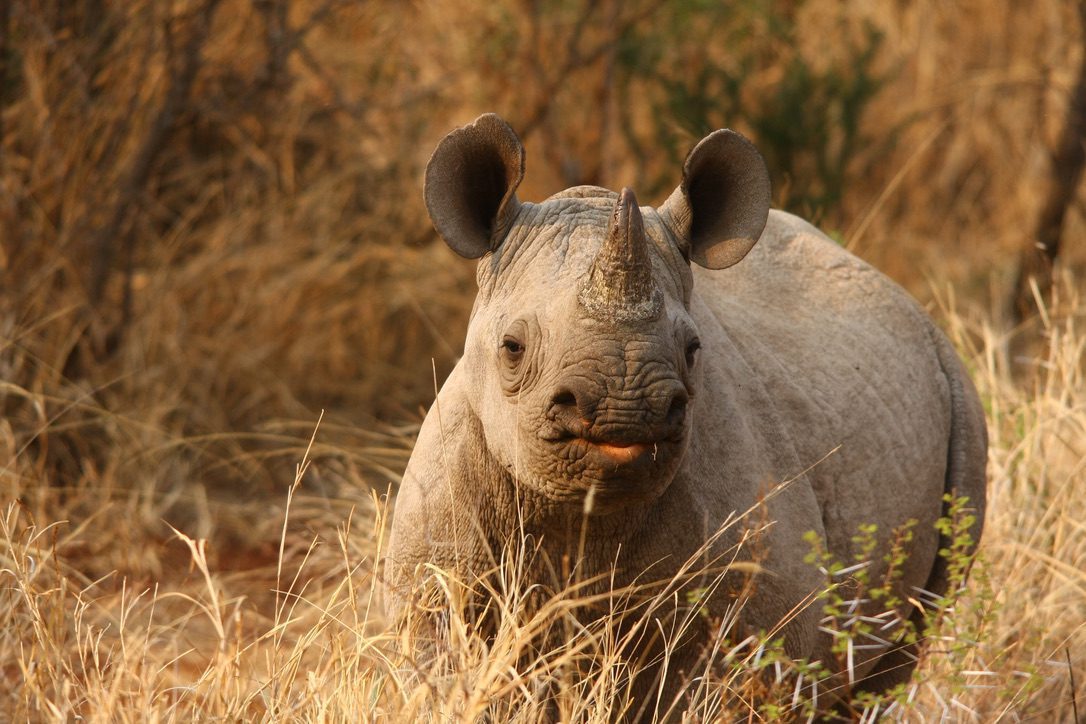
The Effectiveness of Rhino Dehorning
Numerous studies have been conducted to assess the impact of dehorning on rhino populations. One study, conducted by the University of Bristol Vet School, the Namibian Ministry of Environment, Forestry and Tourism, and Save the Rhino Trust, found no statistically significant differences in key factors of population growth between dehorned and horned black rhinos. These factors include breeding, birth, survival, lifespan, and cause of death. This suggests that dehorning does not negatively affect the overall productivity and survival of black rhinos.
Reduction in Poaching
Dehorning has shown promise in reducing poaching rates. Observational studies have revealed a correlation between an increasing number of dehorned rhinos and a decrease in the number of poached animals. While this correlation does not establish causation, it suggests that dehorning acts as an effective deterrent against poachers. By removing the horn, which is the primary target for poachers, rhinos become less valuable and less likely to be targeted.
Behavioural Changes in Dehorned Rhinos
One aspect of dehorning that has garnered attention is its potential impact on rhino behaviour. Research conducted by Vanessa Duthe of the University of Neuchatel and colleagues examined the behaviour of dehorned black rhinos in game preserves in South Africa. The study revealed that dehorning led to a significant reduction in the size of home ranges for both females and males. This decrease in range size may be attributed to a heightened sense of vulnerability among dehorned rhinos. They tend to avoid interactions and explore less, potentially affecting their social dynamics and patterns of dominance.
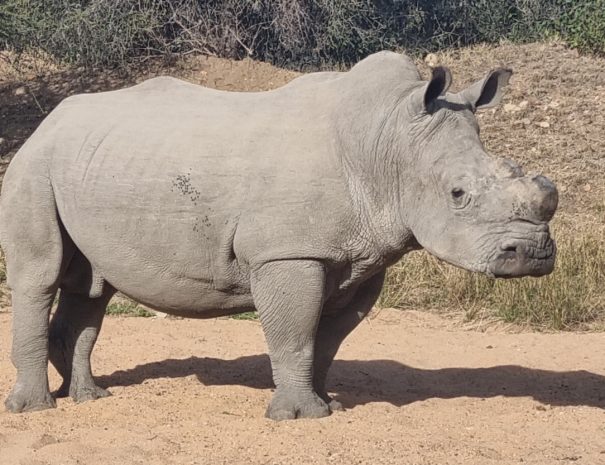
Considerations and Limitations
While rhino dehorning has shown positive results in reducing poaching and maintaining population growth, it is important to consider potential risks and limitations. Smaller home ranges resulting from dehorning may force rhinos into ecological traps with suboptimal resources. Additionally, long-term impacts on gene flow and individual reproductive success require further investigation. The study’s limitations include its focus on a specific geographic region and the reliance on sightings rather than GPS tracking data for behavioural analysis.
The Importance of Collaboration and Future Research
To gain a comprehensive understanding of the effects of dehorning, collaboration among different reserves and conservation organizations is crucial. Sharing data and conducting larger-scale studies across multiple regions will provide more robust insights into the behavioural, ecological, and genetic impacts of dehorning. Furthermore, ongoing research is needed to monitor and evaluate the long-term consequences of dehorning on rhino populations and their overall conservation.
The Ethical Dilemma of Dehorning
Rhino dehorning raises ethical questions regarding the alteration of a rhino’s natural appearance and behaviour. Rhinos use their horns for various purposes, including defence, foraging, and social interactions. Removing their horns may disrupt these natural behaviours and potentially impact their overall well-being. However, considering the dire consequences of poaching, dehorning is often viewed as a necessary compromise to protect rhinos from extinction.
Supporting Rhino Conservation
As concerned individuals, there are several ways we can contribute to rhino conservation efforts. Supporting organizations dedicated to protecting rhinos, such as Save the Rhino Trust and Project Rhino, through donations and volunteering can make a significant impact. Additionally, raising awareness about the plight of rhinos and the importance of conservation is crucial in garnering public support and mobilizing efforts to combat poaching.



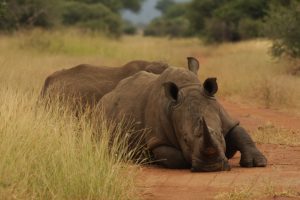
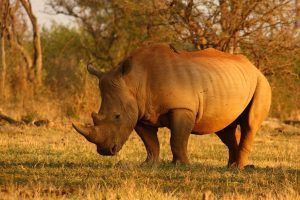
Conclusion
Rhino dehorning is a controversial yet necessary practice in the fight against poaching and the preservation of endangered rhino populations. While dehorning has shown positive outcomes in reducing poaching rates, it is essential to continue monitoring its long-term effects on rhino behaviour, population dynamics, and genetic diversity. By combining effective anti-poaching measures, habitat protection, and efforts to address the underlying demand for rhino horns, we can strive towards securing a future where rhinos thrive in their natural habitats.
Ready to embark on your own unforgettable African adventure?
Start planning your luxury safari with Intrepid Odyssey today!
- Follow us for daily inspiration and incredible wildlife moments:
- Book your bespoke safari experience:Email us directly at bookings@intrepidodyssey.com to craft your dream itinerary.
- See our available Itineraries here.

